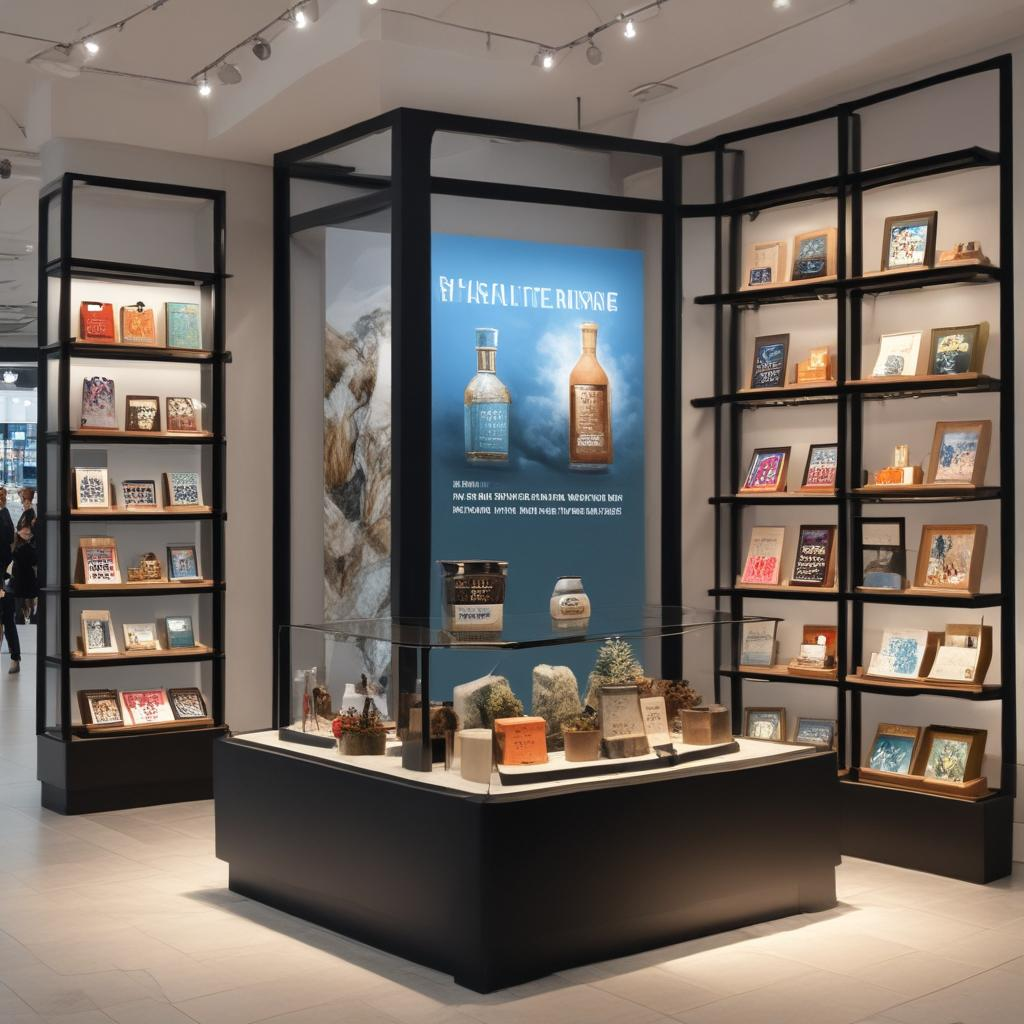Once upon a time, in a quaint little town, there was a charming boutique known for its unique window displays. Each month, the display would tell a different story. There was the "Journey of a Seed" in spring, which transformed seeds into blooming flowers through an array of progressively intricate displays. This not only enchanted the townsfolk but also significantly increased foot traffic and sales. Little did everyone know, that behind these creative displays was Mary, a former theater set designer who believed every product had a story to tell.

Storytelling Through Product Displays: Crafting Compelling Narratives
Storytelling is an art form that transcends novels and movies, extending its reach into the realm of retail through product displays. A well-crafted product display does more than just show off merchandise; it engages customers, evoking emotions and compelling them to make a purchase. But how exactly can one craft a narrative through product arrangements?
The key to storytelling in product displays lies in the ability to create a connection between the item and the customer. This could involve evoking nostalgia, inspiring an adventure, or simply making daily chores seem more appealing. To master this art, here are several strategies that can transform a simple display into a compelling story.
Creating a Theme
The first step in storytelling is to decide on the theme. This theme acts as the foundation of the narrative you want to convey. For instance, a camping gear store might set up a display that recreates a campsite, using logs for seating, a tent, and a faux campfire, drawing customers into a camping narrative, and making the products more appealing.
Using Visual Elements
Visual elements play a crucial role in storytelling. Color schemes, lighting, and arrangement can all be used to evoke different feelings and messages. A children's bookstore can use bright colors and low, accessible shelves to create an inviting and fun atmosphere, encouraging children to explore the world of books.
Adding Interactive Elements
Interactivity can significantly enhance the narrative. Interactive displays invite customers to engage not just with the product but with the story itself. For example, a kitchenware store could have a cooking demonstration area where customers can physically interact with the products, experiencing their utility firsthand, all while an expert chef shares stories of each product’s origin and best uses.
Incorporating Multisensory Experiences
A story is much more memorable when more senses are involved. Scent, sound, and touch can all be integrated into product displays to enrich the customer's experience. A bakery might use the smell of freshly baked bread to draw customers in, complemented by the sound of bread being sliced and buttered, and samples for tasting.
Emotional Engagement
Fostering an emotional connection is perhaps the most powerful aspect of storytelling. Products that have a backstory or that support a charitable cause can create powerful narratives that resonate with customers' values and aspirations. Imagine a display of handcrafted goods where each item comes with a card describing who made it and the story of their craft.
In conclusion, storytelling through product displays is not just about selling products; it's about creating an experience that resonates with customers. Whether it’s through thematic visual cues, interactive and multisensory experiences, or emotional engagement, crafting compelling narratives can transform a regular shopping trip into a memorable journey, building a deeper connection between the customer and the product.


.jpg)
.jpg)


.jpg)




.png)





0 Comments